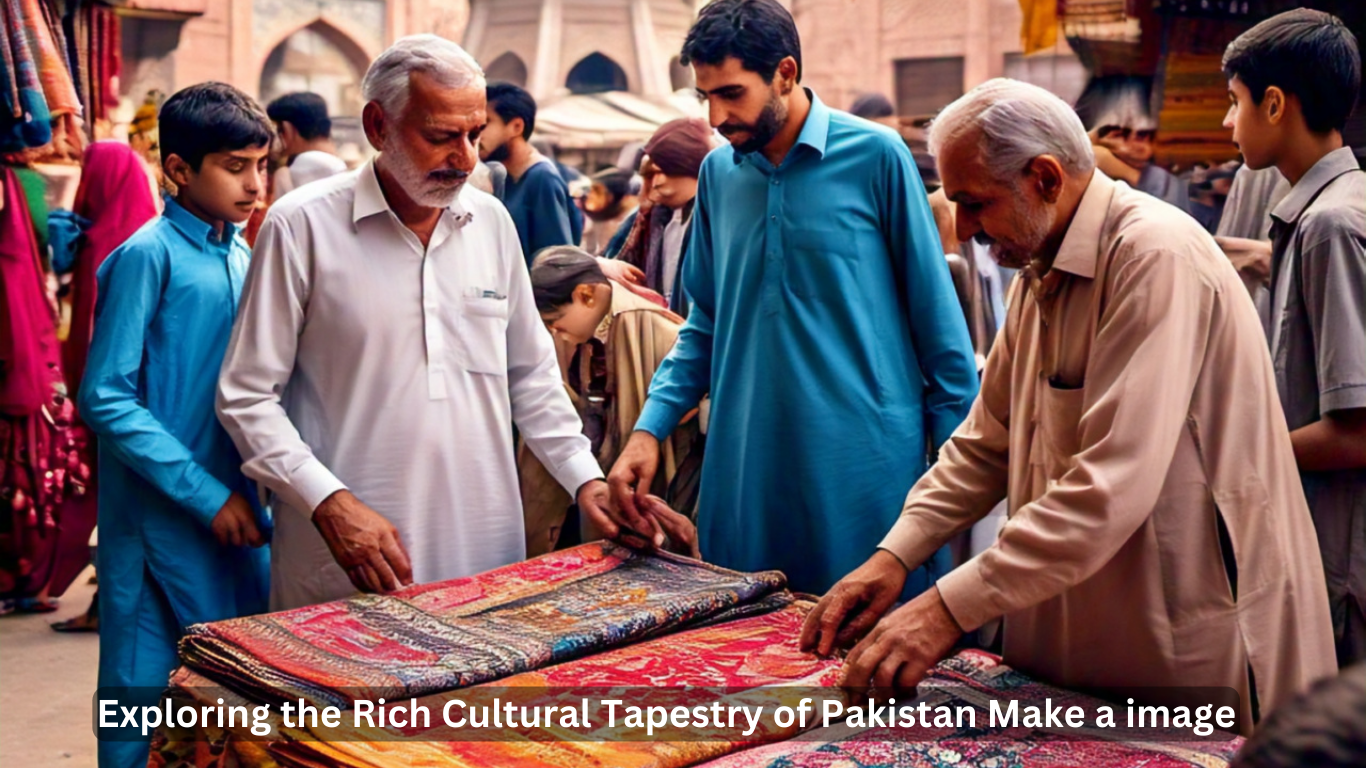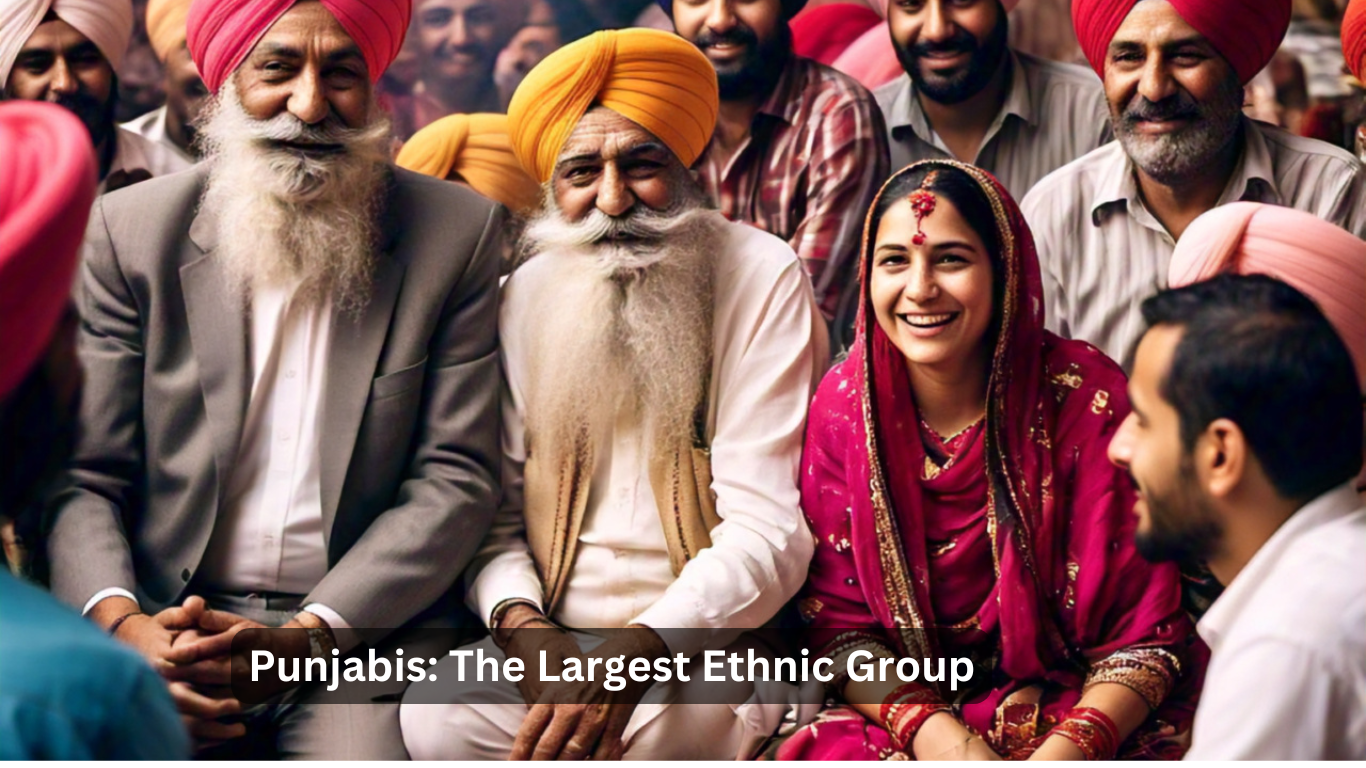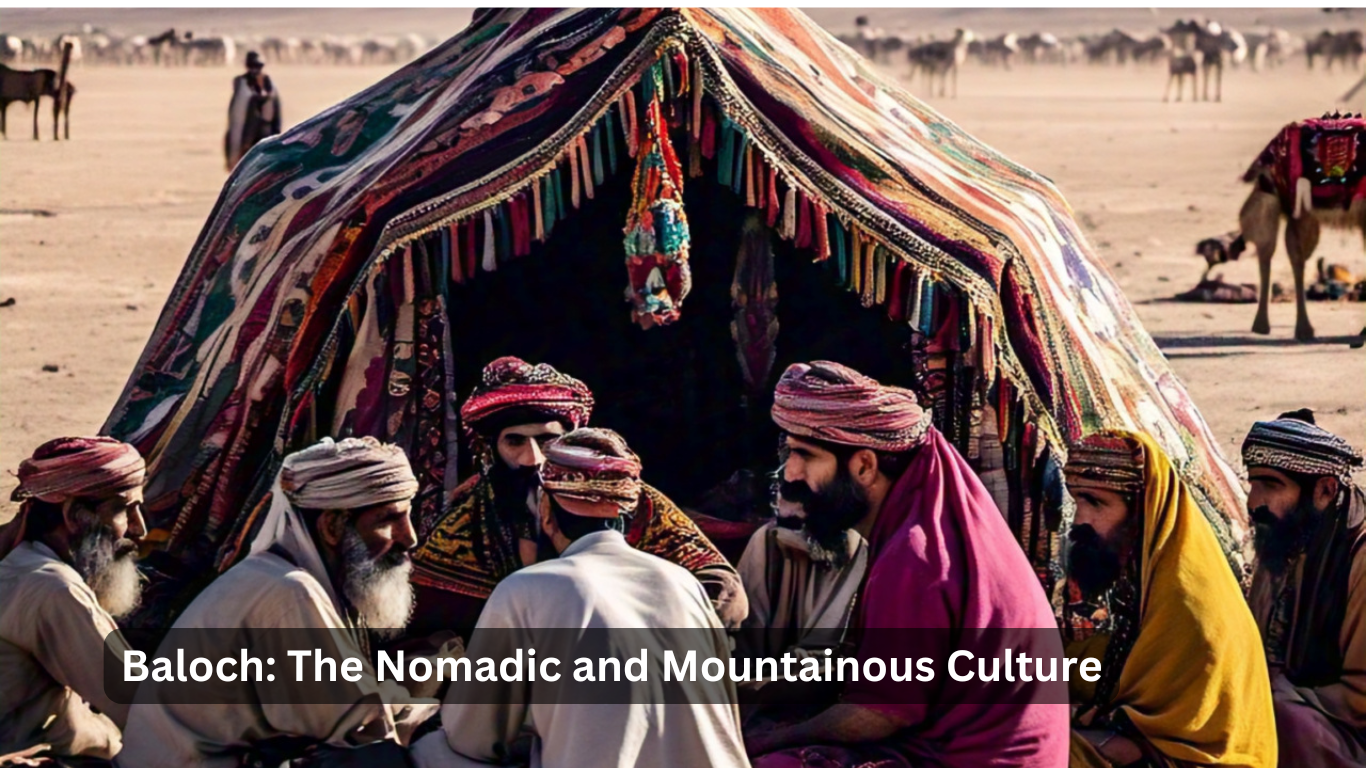Exploring the Rich Cultural Tapestry of Pakistan

Cultural diversity in Pakistan is a significant aspect of the country’s identity. Spanning 880,000 km², the nation hosts diverse ethnic groups, languages, traditions, and beliefs, showcasing extraordinary cultural richness. Exploring Pakistan’s cultural diversity reveals its unique people, practices, and contributions to the nation’s growth and development. From the bustling cities to the remote villages, every corner of Pakistan offers a unique cultural experience.
The Ethnic Groups of Pakistan
Pakistan is home to several major ethnic groups, each contributing significantly to the country’s cultural landscape. The Punjabis, Pashtuns, Sindh’s, Baloch, and Muhajirs are the most well-known ethnicities, with each group having its unique language, traditions, and way of life. The ethnic diversity in Pakistan is a product of centuries of history, migration, and regional influences, making the country a melting pot of cultures.
Punjabis: The Largest Ethnic Group

The Punjabis are the largest ethnic group in Pakistan, primarily residing in the province of Punjab. They speak the Punjabi language, which has rich literary and cultural significance. Punjabis embrace a vibrant culture that includes traditional music, dance, and cuisine. They often associate the famous Bhangra dance, a popular expression of joy, with their culture. Additionally, the Punjabis are known for their hospitality and deep connection to their agricultural roots.
Pashtuns: The Proud Tribes of the North
Pashtuns, also known as Pathans, are native to the northwestern regions of Pakistan, primarily in Khyber Pakhtunkhwa and Baluchistan. They have a proud and distinct cultural identity, rooted in centuries-old customs and traditions. The Pashtunwali code, a set of traditional ethics governing Pashtun behavior, emphasizes honor, hospitality, and justice. Pashtuns are also known for their rich oral storytelling tradition and poetry, with famous figures like Kaushal Khan Khatam being part of their cultural heritage.
Sindh’s: The Custodians of Sindh’s Heritage
The Sindhi people predominantly reside in the province of Sindh and have a rich cultural heritage tied to the Indus Valley Civilization. Sindh has a long history of art, music, and literature, with Sindhi folk music playing a significant role in the culture. The Sindhi language, which is spoken by millions, is rich in poetic and literary traditions. Sindh’s also have a strong connection to Sufism, with many famous Sufi shrines located in the region.
Baloch: The Nomadic and Mountainous Culture

The Baloch people inhabit the southwestern regions of Pakistan, particularly in Balochis tan. Known for their nomadic lifestyle and connection to the land, the Baloch’s have a unique cultural identity shaped by their geography. Their traditional music, known as Balochi music, is instrumental in conveying the history and struggles of the Baloch people. The Baloch also has a distinct language, Balochi, which adds to the cultural diversity of Pakistan.
Languages of Pakistan: A Tower of Tongues
Pakistan’s linguistic diversity is remarkable, with over 70 languages spoken across the country. Urdu, the national language, serves as a unifying factor among the diverse groups, but each ethnic group maintains its native language. This diversity in languages contributes to the rich cultural fabric of the country, influencing everything from literature to everyday communication.
Urdu: The Lingua Franca of Pakistan
Although not the native language of the majority, Urdu is the national language of Pakistan. It is widely spoken and understood across the country, serving as a bridge between the various linguistic groups. Urdu has a rich literary tradition, particularly in poetry, with famous poets like Allama Iqbal and Faiz Ahmed Faiz contributing to the cultural and intellectual history of the nation. The language also plays a vital role in uniting Pakistan’s diverse population.
Regional Languages: Preserving Cultural Heritage
In addition to Urdu, Pakistan is home to several regional languages, each representing the rich culture of the areas where they are spoken. Punjabi, Pashto, Sindhi, and Balochi are the most prominent regional languages, with each having a rich literary and oral tradition. These languages contribute significantly to the country’s cultural identity, providing a sense of belonging and pride for their speakers.
The Role of Multilingualism in Cultural Identity
The multilingual nature of Pakistan’s population plays a crucial role in preserving the cultural diversity of the country. People in Pakistan often speak multiple languages, not only their mother tongue but also Urdu and sometimes English, further enriching their cultural interactions. Multilingualism in Pakistan fosters cross-cultural communication, understanding, and a sense of unity in diversity.
Religion and Spirituality: A Pillar of Cultural Diversity
Religion is another important aspect of Pakistan’s cultural diversity. The country is home to people of various religious beliefs, with Islam being the predominant faith. However, there are also significant minority communities, including Hindus, Christians, Sikhs, and others, who contribute to the diverse spiritual landscape of the nation.
Islam: The Dominant Religion of Pakistan
Islam plays a central role in the cultural and social life of Pakistan. The majority of Pakistanis are Muslim, and their way of life is deeply influenced by Islamic teachings. From the five daily prayers to the celebration of Islamic holidays like Eid, Islam shapes the customs and traditions of the Pakistani people. The practice of Islamic art, such as calligraphy and architecture, also contributes to the cultural richness of the country.
Minority Religions: Pluralism in Pakistan
Despite being a Muslim-majority country, Pakistan has a rich history of religious pluralism. Hindus, Christians, Sikhs, and other religious minorities have lived in Pakistan for centuries, contributing to the country’s cultural diversity. The Sindh region, in particular, is home to a large Hindu population, while cities like Lahore and Karachi have thriving Christian and Sikh communities. The coexistence of these different faiths demonstrates the country’s pluralistic nature and the importance of tolerance and respect for religious diversity.
Conclusion
Cultural diversity in Pakistan is a cornerstone of its identity, shaping the country’s rich heritage and vibrant society. The diverse ethnicities, languages, and religions not only coexist but thrive together, creating a unique cultural fabric that is a source of pride for Pakistanis. Embracing this diversity fosters unity, understanding, and progress.













